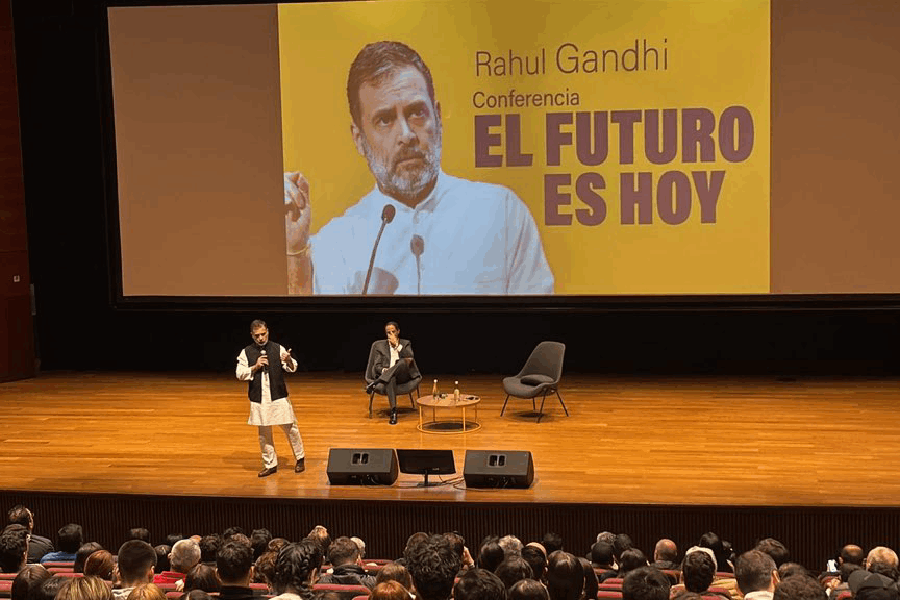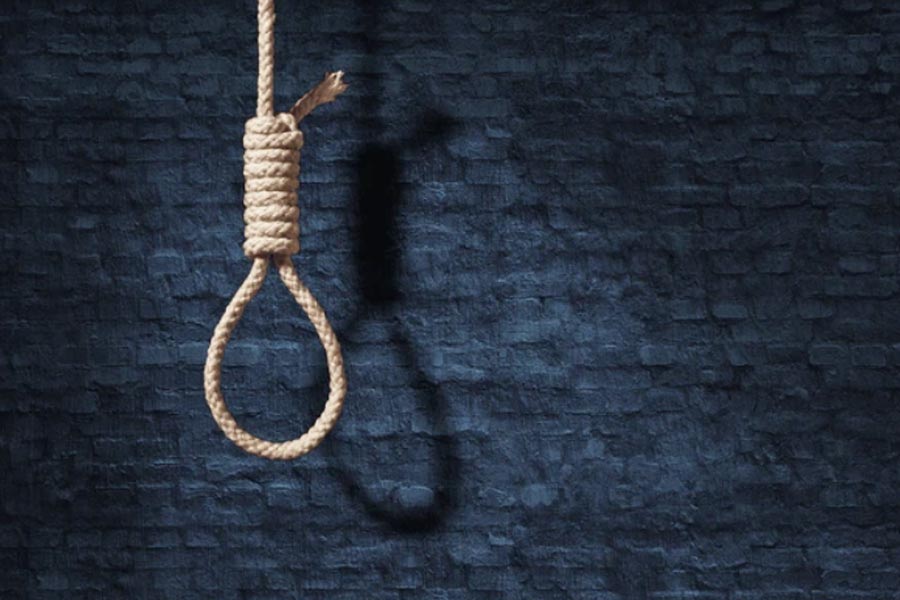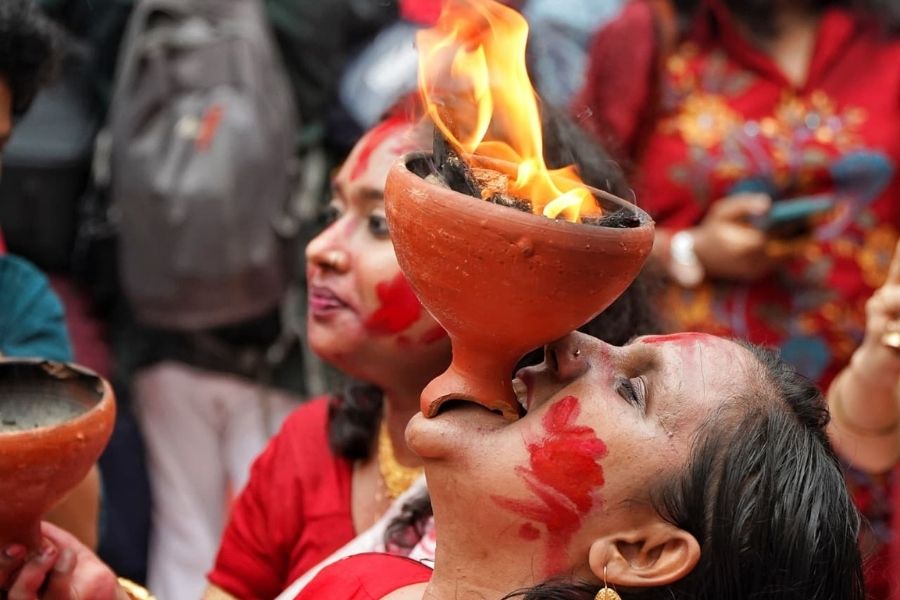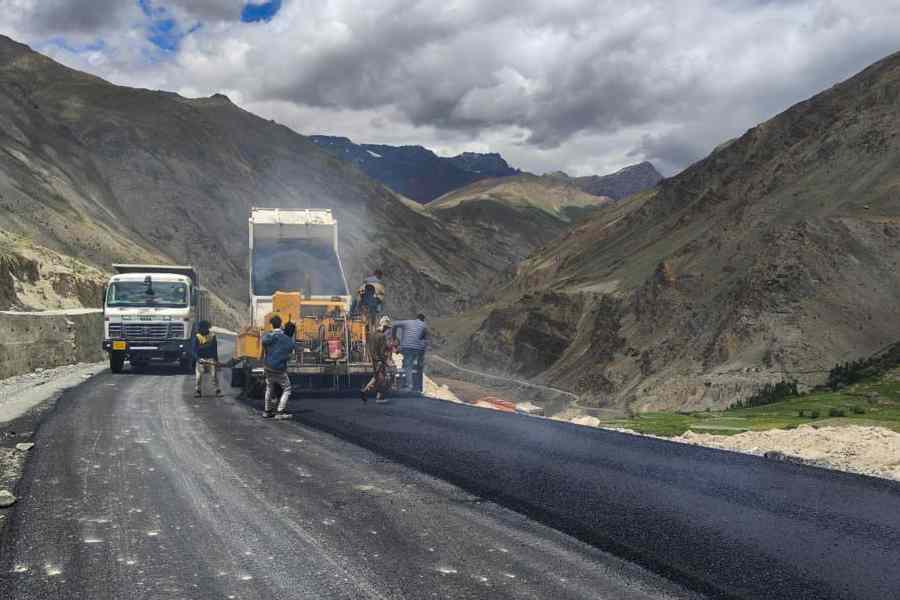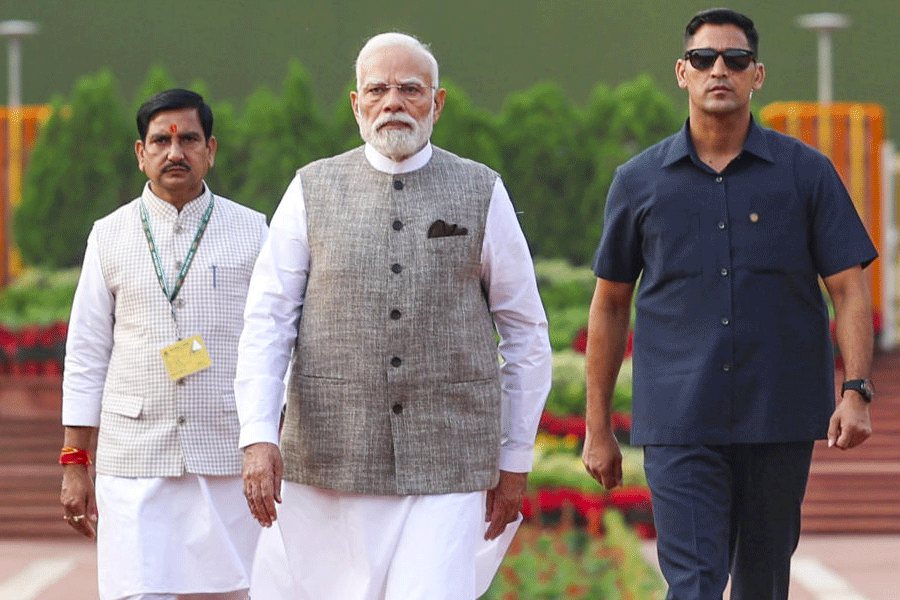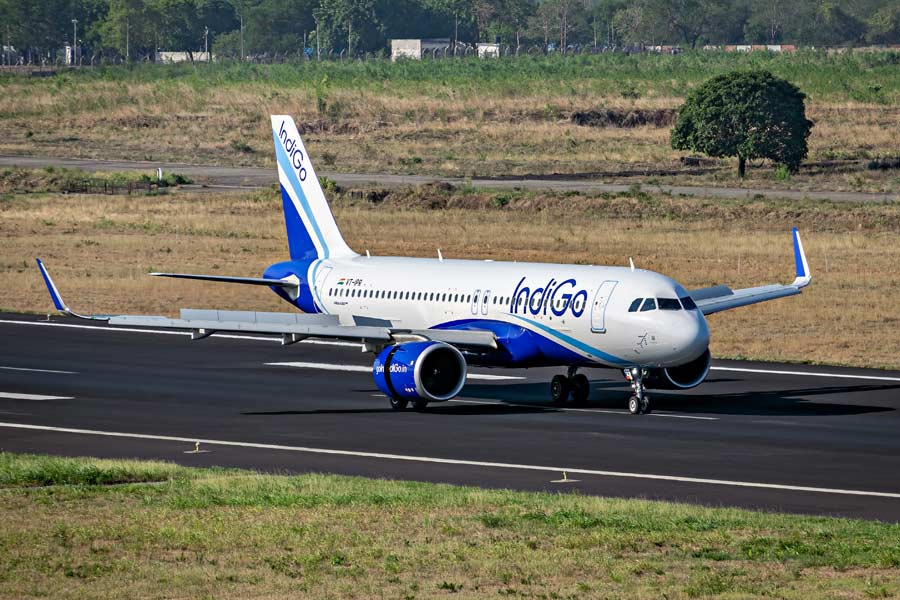
Christopher Nolan’s new film Dukirk hits theatres this Friday. The 46-year-old director of Memento, Inception, Interstellar and The Dark Knight Trilogy is making a film based on a historical event for the very first time. Here’s his take on the Miracle of Dunkirk.
What drew you to Dunkirk?
Like with most British people, Dunkirk is a story I grew up with. As children, we received a very simplified, almost mythic, fairy-tale version of what happened there. About 20 years ago, my producing partner and wife Emma Thomas made the crossing across the English Channel to Dunkirk with a friend of ours, who owned a small boat. It was about the same time of year the evacuation had taken place. The crossing was extremely difficult. It felt difficult and dangerous — and that was without people dropping bombs on us and us heading into a war zone. I came away from that experience with respect for and fascination with the people who had taken part in the real evacuation. I’ve never quite understood why a modern film hadn’t been made about it, and as a filmmaker, those are the kind of gaps you’re looking to fill.
The Miracle of Dunkirk evokes something different in everyone. What does it evoke in you?
For me it’s about communal heroism as opposed to individual acts of heroism — of what we can achieve together rather than individually.
Can you talk about how you choose projects?
It’s always about finding a story that hooks me, that I have an emotional connection with, and which will sustain me through the years of making the film. I’m very single-minded; I’m not very good at planning what I’m going to do next. So, I dive in and I concentrate on one film for two or three years.

About your editing process — how long was your first cut of Dunkirk, compared with the finished film?
I have a great editor, Lee Smith. We don’t really leave anything on the cutting room floor, in terms of complete scenes. With my film Insomnia, we did have two deleted scenes on the DVD because I liked those scenes, but they had to come out of the film, for running time purposes. I now try to make those decisions on the page. Making films is difficult, and you’ll do anything to not shoot if you don’t have to. So, I try and pull things out at the script stage, that I don’t think are going to serve the narrative.
It was an interesting choice to have the three different stories going on — land, air and sea. What inspired that and what were you hoping to gain from those perspectives?
What I was hoping to gain was a way of maintaining a subjective storytelling approach, while building a coherent picture of the larger events at Dunkirk. Everything in the film is intended to be intense, suspenseful and subjective. You want to be on the beach with these guys, seeing events through their points of view. But then you also want to construct this bigger picture, which also requires a view from the air, from a Spitfire pilot, and from the sea, from people coming over to help with the evacuation. That way, you don’t allow the audience to step out of the movie. I didn’t want to give the audience knowledge that the characters didn’t have, apart from the interaction of these three distinct story threads.
How did you work to make everything seem as real as possible?
In planning the aerial sequences it was very important to me that we try to achieve as much in camera as possible. We were able to secure real Spitfires, a real bomber, real Heinkels, and tried to situate the IMAX camera where we’d never tried before. It was all about putting the audience in the cockpit of the plane with the pilot. It was a lot of attention to detail, and a lot of careful planning. We shot all those sequences on IMAX and overwhelmingly for real. We bought a Yak airplane that’s very similar in size and shape to a Spitfire, but has two cockpits, so we could have a real pilot flying, while we had our actor up in the air with a camera mounted on the wing getting his close-ups. We really wanted to tell this aerial story in a way we hadn’t seen before.

What made you think of Harry Styles during your casting process?
My job is to see the potential in the people we’re thinking of casting. And whether you’re talking about somebody who’s never done a film before, like Fionn (Whitehead) or Harry, or somebody very experienced, like Mark Rylance or Ken Branagh, you have to see the potential for them to do something they’ve never done before. You can’t worry too much about previous roles that Mark has done, or about Harry’s celebrity, or whatever. If we do our job right, the audience becomes invested in the world we’ve created and they take it on its own terms.
How did you maintain the balance between the story’s epic scope and the more intimate and human elements?
The idea behind the structure of the story and the way in which we’ve told it is to create what I refer to as an intimate epic. You’re trying to stay in a very intimate point of view with each of the story threads, but have them gradually create a cumulative picture about a very, very large event.
What were your cinematic influences on this film? Also, this is a game-changer for moviegoers because of the IMAX experience. Will you continue to shoot with IMAX cameras?
I’ve been working with IMAX for about 10 years now, and with each film we’ve tried to maximise our use of it, and shoot more of the film that way. For Dunkirk, I felt that I needed to try and immerse the audience and create what I call a sort of cinema of experience. You really take them there. And IMAX is the best format to do that. Obviously, that poses production challenges, but I think it’s well worth it in the finished product. As far as creative influences, we looked at a lot of suspense films. I really wanted Dunkirk to be driven primarily through the mechanism of suspense, which I think is one of the most cinematic of film forms; it’s pure cinema. So, we looked at films from Hitchcock, as well as (Henri-Georges) Clouzot’s Wages of Fear, which has a very distinct influence on various aspects of Dunkirk.
A ticking clock is a big part of the soundtrack. Did you use that sound during production?
Our set was complicated enough without trying to introduce the element of playback. But the planning of the relationship between the music and picture started in pre-production. The genesis of the track is a recording I made of one of my watches. I gave that recording to our composer, Hans Zimmer, and we started to develop a rhythmic language of how that would work with the score, fuse it with the picture and create a sense of forward momentum for the entire film.
What was the most physically difficult or memorable scene to shoot?
It’s sometimes a little awkward to talk about my own response to the film we’ve all made, but there’s a scene in which Mark’s character and Tom Glynn-Carney’s character exchange looks at a key moment. It was something I hadn’t even included in the script. That kind of moment between the two characters is something you dream of, as a director.
I never miss a Nolan film becase....
Tell t2@abp.in
You’ve really got to be on your game when you work on a Nolan film. Otherwise he can do it better than you! — Cillian Murphy on Dunkirk, his fifth team-up with Chris

What went through your mind when Christopher Nolan first approached you to become a part of Dunkirk?
Chris gave me a call and told me there was something he’d be sending me. We know each other well enough that he knows what might interest me, and what kinds of roles I might respond to and see as a challenge. And when it’s a Nolan film, chances are it’s going to be bloody good. It’s a lovely feeling when he does call you up again. And this one… I was just knocked out by it.
What did you like best about his script for Dunkirk?
What first struck me about Dunkirk was that it wasn’t an American war movie, which so many of the great movies about war have been. If you were making a list of great modern war movies, I can’t think of a British film over the last 30 or 40 years that you would necessarily place on it. So, I think this appealed to Chris as a filmmaker because he recognised something in this story that was hugely unique and that audiences wouldn’t necessarily have seen before.
You play a character who is only known as ‘Shivering Soldier’. What was it about this particular role that resonated with you?
I think my character is representative of something experienced by thousands and thousands of soldiers, which is the profound emotional and psychological toll that war can have on the individual. We first meet him when he is picked up by the Moonstone, which is one of the civilian ships crossing the English Channel to evacuate soldiers at Dunkirk. He’s someone who has survived an experience that is mind-alteringly horrific, only to be told, ‘Actually, we’re just heading back into it’.
The film shifts between multiple interweaving storylines that cover the entire series of events at Dunkirk. But this being a Christopher Nolan film, these different storylines do not unfold along the same linear timeline. Each has its own pace — a week on land, a day on the sea and an hour in the air — and my character pops up in two of those timelines.

What was it like working with Mark Rylance, who plays the Moonstone’s civilian captain, Mr Dawson?
It was really special. I’d never met Mark before, but I’d seen him on stage and watched him in films. I think it goes without saying that he’s a phenomenal actor, but he also has this gorgeous energy about him. For the four or five actors who were on that boat all that time, he was just a really wonderful presence to have around. And we got to spend a little time together off the set, which was nice. He is one of my absolute favourite actors.
Your scenes on the ship were shot aboard the actual ship, the Moonstone. Why was it important to shoot on the real thing, as opposed to in a studio water tank?
I think Chris’s determination to capture as much of the action in-camera as possible is why his films have such an intensity and visceral quality to them. On Inception, I remember shooting on the side of a mountain in a snowstorm, and Chris continued to shoot even when it became absolute white-out conditions. If you want to get the most authentic reactions, or the most truthful responses from actors, throw ’em into the real sea or fly real Spitfire airplanes over them. The audience will feel the reality of that — the actors certainly do.
This was your fifth film with Chris, after Inception and the Dark Knight trilogy. Did this production feel like his biggest?
My best memories of working on Christopher Nolan films are never the large-scale stuff. It’s the very involved, intensely focused, extremely rigorous work, with Chris right there beside the camera. That’s what I always remember because all of the big stuff — as incredible as it is to witness — doesn’t mean anything unless the human story is driving it.
What impresses you most about Chris when you’re working with him on set?
It’s his vision; his fierce commitment to film; and his comprehensive grasp of the form. You meet directors who are extraordinarily strong visually, and you meet directors who are really great with actors and performances, and you meet directors who are phenomenal on script. But Chris has command of everything. Every person’s job on a film set — he knows every single one of them intimately. So, you’ve really got to be on your game when you work on a Nolan film. Otherwise he can do it better than you [laughs].
How much did you know about the real Dunkirk evacuation prior to becoming involved in the film?
I’m Irish, and we were a neutral country during World War II, so my understanding was quite limited until I learned more about it through research. It truly was an incredible moment in World War II, and in British history as a whole. It was the result of a wartime offensive that went terribly wrong, leaving hundreds of thousands of soldiers stranded on the coast of France. But it was redeemed by the will and determination of the people to bring these boys home. The scope of this immense evacuation, under extreme duress and despite impossible odds, speaks to both the unity of a nation and the sacrifice and heroism of the individual soldiers and civilians who came together and, ultimately, were able to snatch victory from the jaws of defeat.
What do you hope audiences experience when they see Dunkirk in cinemas?
I hope the film takes people on an exciting, visceral journey into this experience, but that they’re ultimately moved by the human story that anchors it all. That’s what Chris does so well with all films, and very much so with Dunkirk. At its heart, it’s a film about courage and survival and the triumph of the human spirit, really. That might sound trite, but I think in this case it actually applies. That is what the real Dunkirk evacuation represents, and I think that spirit is present in every frame of the film.
MEET HARRY STYLE’S ALEX IN CHRIS NOLAN’S DUNKIRK

What can you tell us about your character and where you fit into the story of Dunkirk?
I play a soldier called Alex, and he and Fionn [Whitehead]’s character, Tommy, pretty much stick together through most of the film. These guys are really just given a gun and some boots and thrown into this dangerous situation, and they have no idea what they’re doing or how they’re going to get out of it alive. So, it’s just: ‘All right, we’re on the same side, so we’re going to help each other out of this.’
Our part of the film is just a straight survival story, and what really sticks with me is the idea that when you’re a soldier — especially in a situation as intense and chaotic as this — it doesn’t matter what the guy next to you does or if you even know his name, if he’s wearing the same uniform as you, you’re a team. It’s you and him, and you’re going to get through this together — and that says a lot, actually. It might be flowery BS, but it’s just pure camaraderie.
What was it like meeting Christopher Nolan for the first time, and what impressed you the most about working with him?
When you meet him and spend a little time with him, especially on set, you understand why he takes so much time between films: he invests so much in every project he does. He doesn’t just churn them out; I think he would rather wait and know everything there is to know about what he’s going to do, and if he’s going to do it justice in a film. He has researched everything about Dunkirk to the nth degree — from the costumes to hair and make-up to lighting. Everyone, even people who have done their jobs for 20 years, all said that they learn something from him on every film.
How did it feel when you first arrived on the set and saw the scope of the production?
It was definitely bigger than you expect, but the best part about it was that even when all of this was going on around you, as soon as you started filming, it always felt like it was just you and Chris and the camera. I think he’s amazing... making you feel comfortable on set in a way that doesn’t stress you out.
What was the toughest aspect of the shoot?
It felt like someone pulled you out of the bed, dumped you in the water, and then put you back in bed. But those were good days. Those were the ones that you’d get back from afterwards and everyone feels like [whistles], ‘That was a big day’.
How much did you know about the events at Dunkirk prior to becoming involved in this film?
When you’re at school, learning about history and World War II, Dunkirk is not as emphasised as some of the big battles, but it’s actually an incredibly important moment in the war. The world might be very different if things hadn’t gone the way they did.


